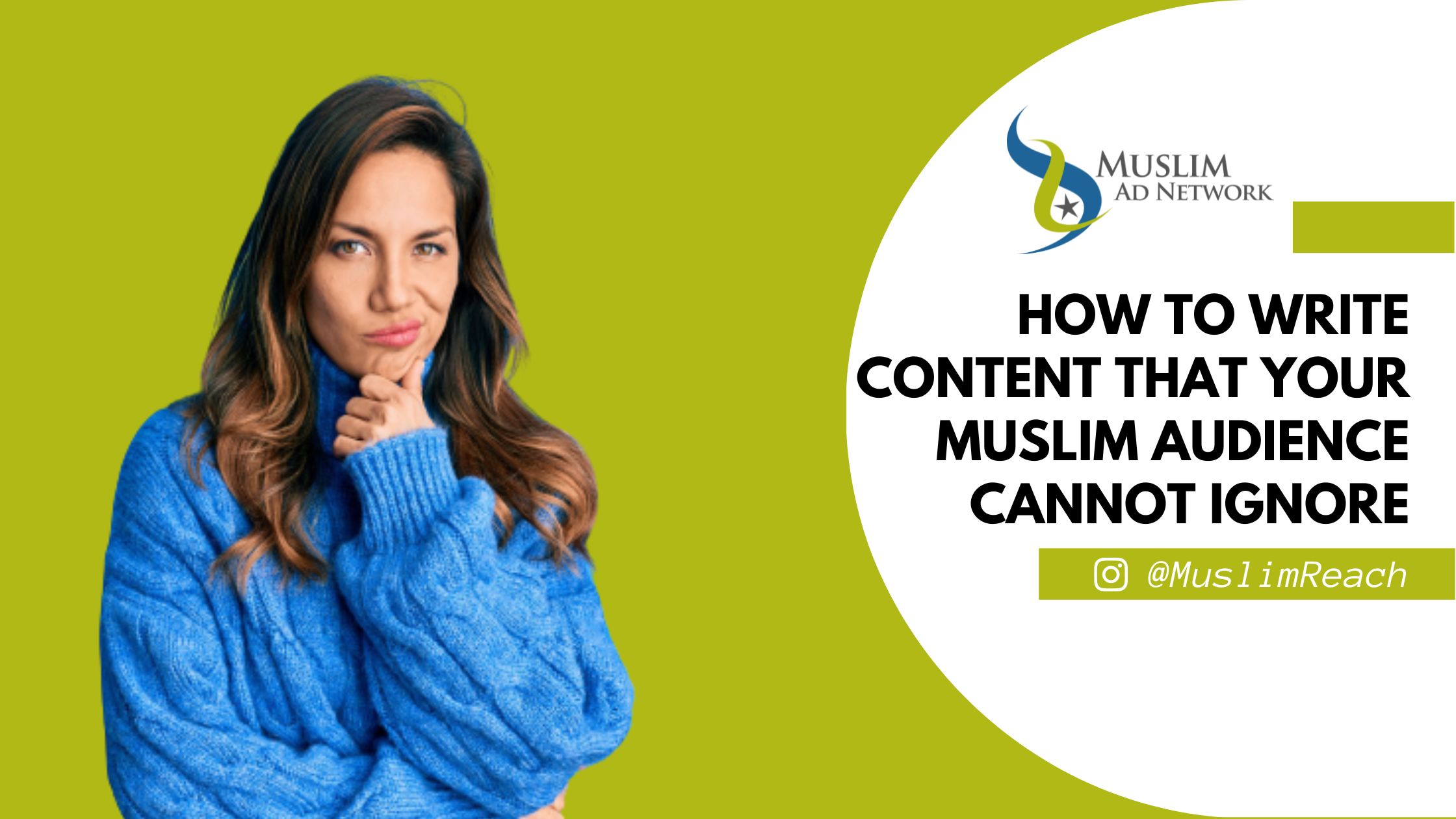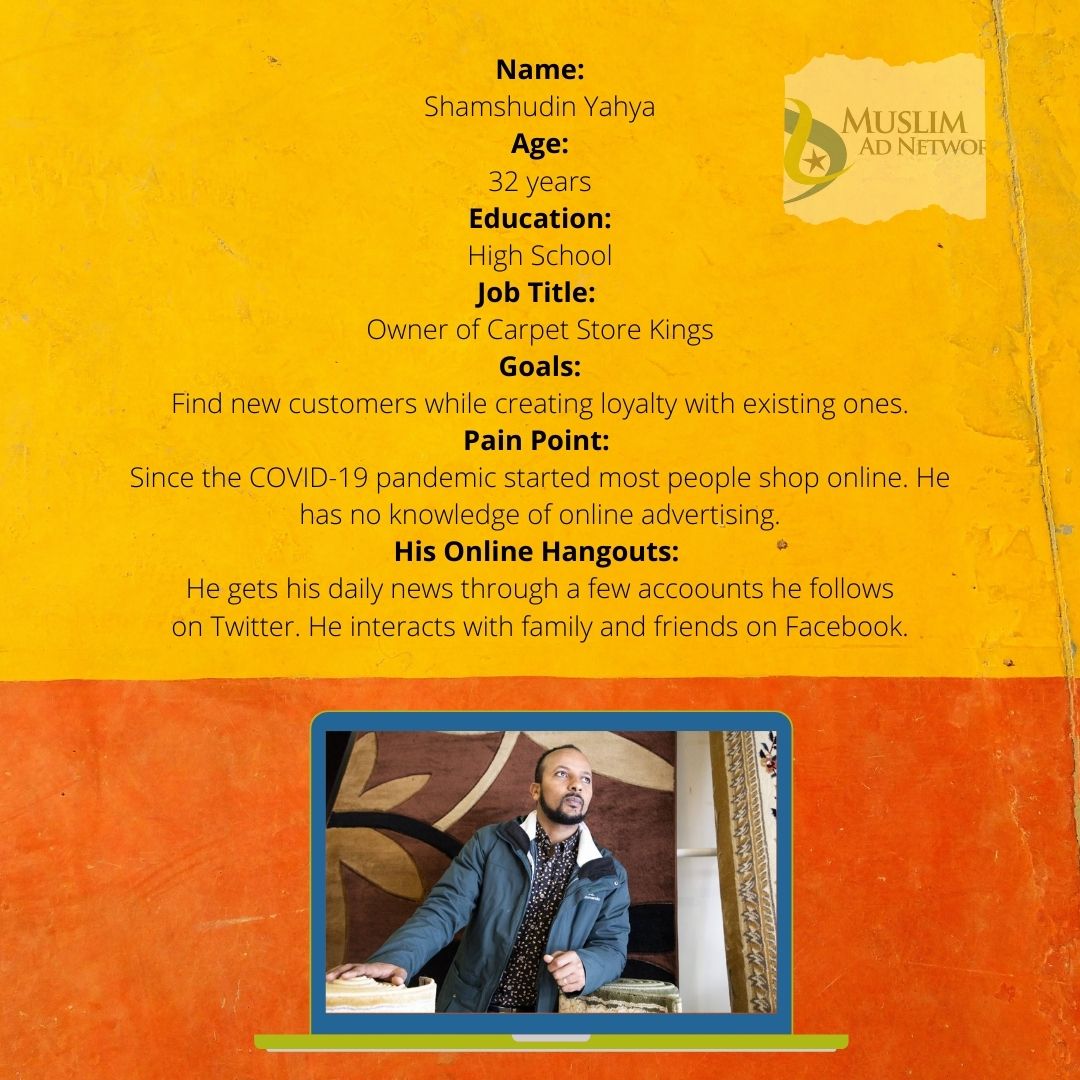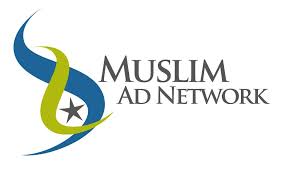
Content is the ultimate way to get your brand in front of your audience organically. The only problem is that your audience is blind to mediocre content and you could be spending hours creating videos, infographics, and blog posts that your audience does not even bother looking at. If you think I am talking about a worst-case scenario, you will be shocked to find out that this is actually the most common scenario. The flip side is that if you do take the time to create content that resonates with your audience you will be heads and shoulders above your competitors.
Do you want to know how to create content that will resonate with your audience? Continue reading.
Get the Basics to Content Creation Right
Whatever content you are creating, it needs to lead back to your website. It can be your squeeze page for example for lead generation. However, the lion’s share of the content you distribute will lead to your blog. The majority of your audience will be at the top of the sales funnel because the numbers get smaller the lower you go through the funnel. This means that the content on that blog needs to really hit home so that more readers move down the funnel.
You are reading this article right now because you know you need to create stronger content and this article is built to help you do just that. That’s why it resonates with you. How do I know this?
I did the following:
- Defined the purpose of the blog so that the articles reflect it
- Defined what approach to take for content creation and created a document as a guide for everyone involved
Define The Purpose of Your Blog
You will need to start with a quick scan of the articles you have on your blog. This will help you judge where the focus has been until now. It is important to understand the reason why you have a blog. What is it that you want to achieve with it?
To help you understand easier, let’s look at the table below for a fictional company that targets IT experts. It shows where the focus is based on the type of articles they have posted.
Let’s use a scoring system of 1-5 with 1 being ‘weak’ and 5 being ‘absolute superstar’.
| Objective | Score |
| Generate more traffic | 1 |
| Maintain search engine rankings | 1 |
| Improve lead conversion rates | 1 |
| Increase brand awareness | 1 |
| Improve user satisfaction | 3 |
| Increase sales | 2 |
| Improve sales support | 4 |
| Engage potential and existing customers | 2 |
| Become an authoritative resource | 1 |
| Retain customers | 3 |
| Promote content online | 0 |
| Get more email subscribers | 0 |
Currently, the blog has a strong focus on customer satisfaction, customer retention, and sales support. It would be great if other aspects mentioned above are also given attention. The content needs to cater to the entire customer journey which brings me to the second part.
Define an Approach for Content Creation and Document it
First, you need to create a buyer persona. According to HubSpot: “A buyer persona is a semi-fictional representation of your ideal customer based on market research and real data about your existing customers”. So a buyer persona for our fictional company would describe the profile, behavior, and the pains they are trying to remedy – the problem they are trying to fix. It would look something like this:

The best way to create one is by starting with a basic persona based on your experience in the market and experience with customers. Then you can create a survey that will help you see how accurate your perception of your customer is. This survey should help you fine-tune the buyer persona.
Once you have created the persona and understood his mindset and his behavior, you can zoom in to his goals and create content that is relevant to him throughout the customer journey.

Create an Editorial Mission and Content Distribution Plan
Once you understand the above process for a particular product or service you can go ahead and create an editorial mission based on the following questions:
• What are we about as a brand and as content creators?
• Who are we trying to reach?
• How are we going to reach them?
• What do we want to achieve when we do?
The editorial mission statement focuses on the buyer persona and how your content can best serve them. It should also be used to measure and evaluate the relevance of your content.
You can then use a content distribution plan to make sure you reach the right audience in the right place and at the right time. There is no point in creating great content that no one sees. The content distribution plan usually contains the following components:
Situational Analysis for Your Current Content
Use a situational analysis to improve your current content distribution by asking yourself:
- How are we currently distributing the content we create?
- What do we need to add or improve?
- What do we need to stop doing?
Channel Objectives
Avoid posting on multiple channels for the sake of posting. Whether it’s an external website or on social media, you need to define your objectives for posting there. A good example of a channel objective is using Facebook or a forum to build a community with an end goal of enhanced customer retention.
Content Plan
Use a content plan to create a basic outline around which you’ll organize content for every channel you use. It is important to understand that the channel objectives you identified are the core of your content plan.
Metrics
If you don’t measure you don’t know what works. However, your goal must be clear and must have a time frame of when it should be achieved by.
Setting a goal of achieving 2000 new leads is vague. Do you want to achieve that in two months or two years? A clearer goal would be to achieve 2000 new leads in a thirty-day period.
Content Calendar
Finally, create a content calendar that you can use as a tool to make sure that content is created based on the editorial mission and content distribution plan. It is up to you what columns you use but some basic elements are as below:
- Due Date (to complete)
- Publish Date
- Accountable Person
- Proposed URL
- Primary Key Phrase
- Title Tag
- Meta description
- Status
- Call to Action
Speaking of action, let us help you reach Muslims anywhere and engage with them today?
